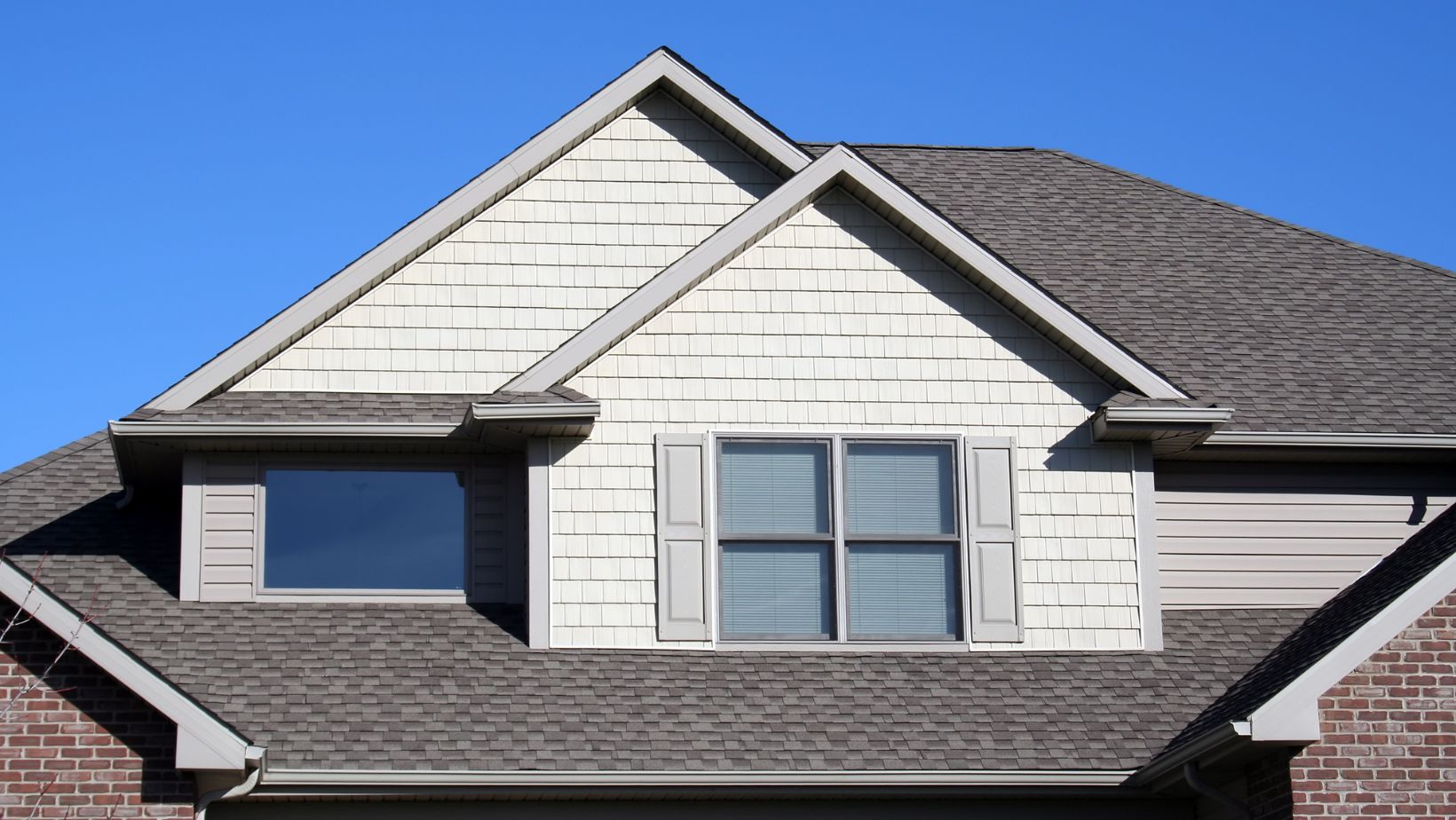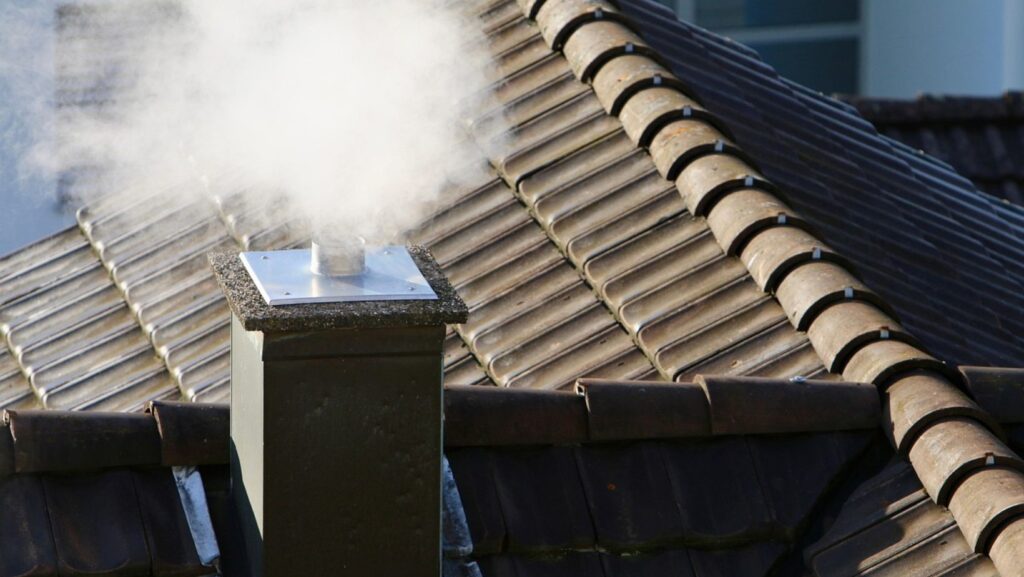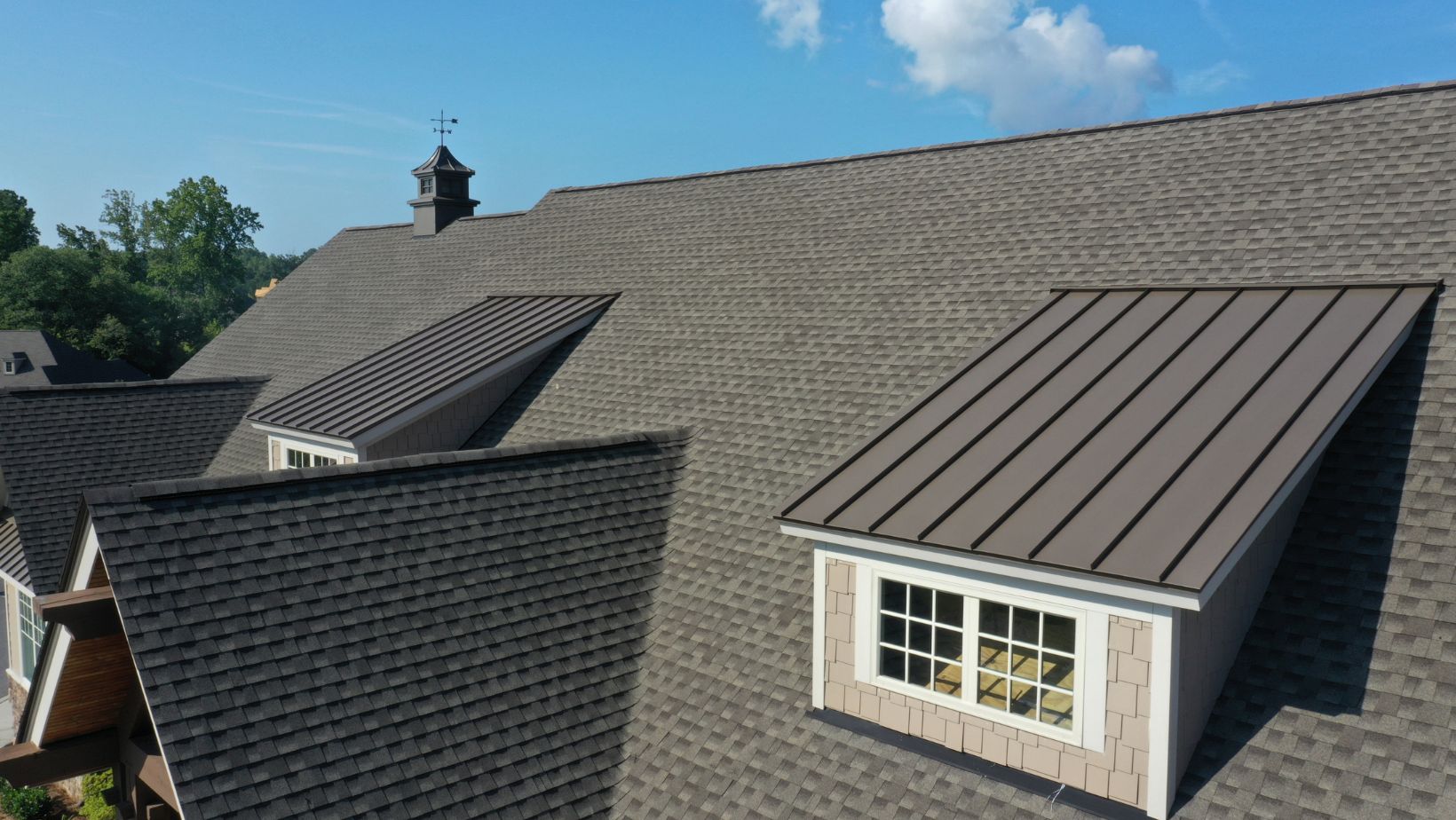Your home relies on its roof as the primary shield from environmental elements. The climate significantly influences roof performance, which makes choosing the correct roofing style essential for protecting your investment beyond just aesthetic appeal.
According to recent data, the US roofing market reached $27.46 billion in 2023, and industry predictions suggest it will expand to $43.47 billion by 2028.
But here’s the thing…
Homeowners frequently make expensive errors when they select roofing materials based solely on appearance without considering their compatibility with local climate conditions. The result is that early repairs become necessary, which results in increased energy costs and avoidable headaches.
What You’ll Discover:
- Climate Considerations for Roofing
- Best Roofing Materials for Each Climate Type
- How Climate Affects Your Roofing Decisions
- Energy Efficiency and Roofing Choices
- Maintenance Requirements by Climate
Climate Considerations for Roofing
Let’s explore the important role of climate before selecting specific roofing materials for your house.
Multiple important factors in your local climate affect how your roof performs.
- Changes in temperature make roofing materials move between expansion and contraction states.
- The amount of rainfall in your area sets the standard for your roof’s water resistance level.
- Wind exposure influences the durability requirements
- The amount of sunlight that hits a roof affects its durability as well as its energy efficiency.
When it comes to needing roofing and siding repairs, climate is often the deciding factor in how quickly materials deteriorate. For example, homes located in coastal areas require more regular maintenance because they face constant exposure to salt and high humidity levels.
Right Roofing Materials for Each Climate Type
We’ll explore optimal roofing materials for each specific climate zone.
Hot and Sunny Climates
The main issues for homeowners in areas such as the Southwest, Florida, or Southern California are excessive heat and prolonged sun exposure.
The best options for hot climates include:
- Clay or concrete tiles exhibit natural properties that allow them to reflect sunlight instead of absorbing it. These materials create a thermal barrier that helps maintain cooler temperatures inside homes.
- Metal roofing materials demonstrate high reflectivity by sending back up to 85% of solar energy.
- The reflective properties of white or light-colored shingles enable them to bounce back more sunlight than darker options which helps to maintain a cooler attic and home environment.
Cold and Snowy Climates
Residents of the Northeast, Midwest, or mountain areas need roofing systems that endure heavy snow loads and ice dam conditions.
The top choices for cold climates are:
- Architectural asphalt shingles of superior quality maintain performance under snow loads when exposed to cold temperatures.
- Metal roofing works because its slippery surface enables snow to slide off easily before it builds up excessively.
- Natural slate maintains excellent durability when exposed to cold weather and moisture exposure. Though slate tiles come with high costs they remain unaffected by freeze-thaw cycles.
Did you know? Homeowners living in snowy areas can save thousands of dollars on potential structural damage by selecting the appropriate roofing solution for their climate.
Wet and Rainy Climates
People living in the Pacific Northwest or other high-rainfall areas should prioritize water resistance above all else.
Consider these options:
- Metal roofing performs exceptionally well in wet environments due to its total waterproof capabilities and its resistance to mold growth.
- Slate and synthetic slate materials provide exceptional protection against water damage.
- Roofing solutions with algae-resistant asphalt shingles prevent unpleasant black streaks from forming in humid environments.
High Wind Regions
Roofing in hurricane zones and coastal regions must endure strong wind forces.
Your best options include:
- Impact-resistant shingles provide protection against damage from both hail and debris carried by strong winds.
- If you install them correctly these metal panels with interlocking systems can endure wind speeds reaching 140 mph.
- Concrete tiles maintain their position against strong winds because of their weight and robust structure.
Consumer attention towards durable and resilient products is growing because of the increasing frequency of severe weather events.
How Climate Affects Your Roofing Decisions
Climate conditions should affect various aspects of your roofing and siding services beyond just choosing materials.
Roof Pitch and Design
Your local weather conditions play a critical role in determining the appropriate angle and design for your roof.
- Steep roof pitches perform best in regions with intense snowfall or heavy rain because they help precipitation drain faster.
- Low-slope roofs appear more frequently in areas with dry climates because water runoff is not a primary concern.
Underlayment and Moisture Barriers
The unseen elements of your roof hold equal importance to its exterior materials.
- Enhanced underlayment remains essential for wet environments because water can penetrate beneath the shingles.
- Ice and water shields serve as essential protective layers for roofs in cold areas to stop ice dams from forming.
Color Considerations
The selected color for your roof serves a purpose beyond its visual appeal.
- Roofs with dark colors absorb heat that helps in cold climates.
- Light-colored roofs reflect sunlight, which helps maintain cooler home temperatures in warm regions.
Environmental advantages and government incentives for solar power installations drive the growing popularity of technological advances like solar roofing and green roofs.
Energy Efficiency and Roofing Choices
The effectiveness of your home’s energy use heavily depends on the performance of your roof. Here’s what to consider:
Cool Roofing Technologies
- Solar reflectance measures the percentage of sunlight that a roof reflects back into the atmosphere.
- Thermal emittance measures how effectively a roof can emit heat that it has absorbed.
- Solar Reflective Index (SRI) measures both solar reflectance and thermal emittance properties together.
Studies on energy efficiency show that high SRI roofs in hot climates can decrease cooling costs between 15% and 30%.
Energy Star Rated Products
- Choose Energy Star certified roofing materials when building in hot climates
- These products meet strict energy efficiency guidelines
- Various areas offer tax incentives and rebates for these products.
Here’s the kicker…
Energy-efficient roofing requires higher initial costs yet delivers significant energy savings throughout the roof’s lifespan. Professional roofing and siding services enable you to choose energy-efficient materials that match your particular climate needs.
Maintenance Requirements by Climate
Your roof’s maintenance requirements vary depending on the climate conditions of your area.

Hot and Sunny Climate Maintenance
- Inspect your roof for any cracks or brittleness caused by UV exposure.
- Look for warped or curled shingles
Cold Climate Maintenance
- Clear heavy snow loads when excessive
- Check for ice dam formation
Wet Climate Maintenance
- Regular cleaning to prevent moss and algae
- Check gutters frequently
High Wind Area Maintenance
- Check for loose materials after storms
- Inspect structural attachments regularly
A maintenance routine designed for your local climate conditions will allow your roof to last 25% longer or more. You can get maintenance plans from roofing and siding specialists that match your local weather conditions.
The Bottom Line
When selecting a roof for your climate you must consider protection and efficiency as well as aesthetics because it represents a wise investment for your home.
Remember these key takeaways:
- Selecting suitable roofing material for your climate zone will result in massive savings on repair and energy bills.
- Your local weather includes heat, cold, precipitation, and wind which you should evaluate.
- Factor in energy efficiency for long-term savings
- Tailor your maintenance schedule to reflect the specific climate conditions of your area.
Taking climate-specific actions today will ensure your home remains protected for several decades.



More Stories
Mourrdale: A Hidden Gem in the Heart of Nature
Personalize Your Front Yard with Unique Design Elements
A Complete Exterior Maintenance Checklist Every Homeowner Needs